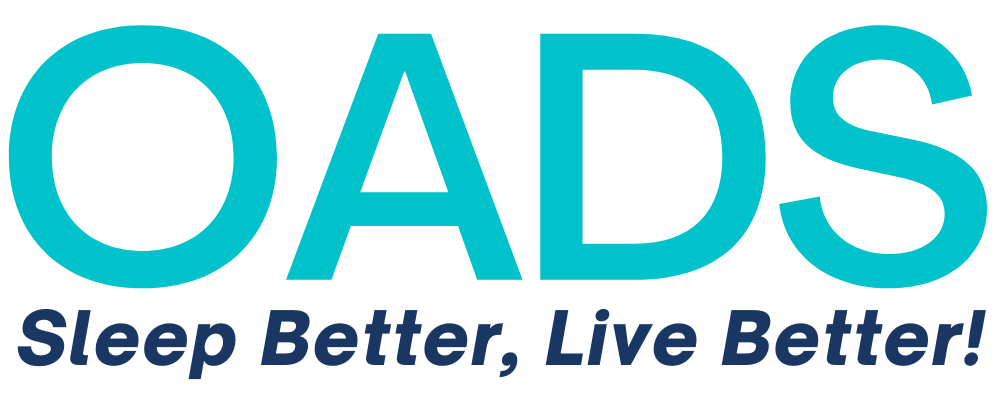Kate Sutherland, Ph.D.1,2; Olivier M. Vanderveken, M.D., Ph.D.3,4; Hiroko Tsuda, Ph.D.5;Marie Marklund, Ph.D.6; Frederic Gagnadoux, M.D., Ph.D.7,8,9; Clete A. Kushida, M.D., Ph.D., F.A.A.S.M.10; Peter A. Cistulli, M.D., Ph.D.1,2; on behalf of the ORANGE-Registry (Oral Appliance Network on Global Effectiveness)
Oral appliances (OA) have emerged as an alternative to continuous positive airway pressure (CPAP) for obstructive sleep apnea (OSA) treatment. The most commonly used OA reduces upper airway collapse by advancing the mandible (OAm). There is a strong evidence base demonstrating OAm improve OSA in the majority of patients, including some with more severe disease. However OAm are not efficacious for all, with approximately one-third of patients experiencing no therapeutic benefit. OAm are generally well tolerated,
although short-term adverse effects during acclimatization are common. Long-term dental changes do occur, but these are for the most part subclinical and do not preclude continued use. Patients often prefer OAm to gold-standard CPAP treatment. Head-to-head trials coni rm CPAP is superior in reducing OSA parameters on polysomnography; however, this greater efi cacy does not necessarily translate into better health outcomes in clinical practice. Comparable effectiveness of OAm and CPAP has been attributed to higher reported nightly use of OAm , suggesting that inferiority in reducing apneic events may be counteracted by greater treatment adherence. Recently, signii cant advances in commercially available OAm technologies have been made. Remotely controlled mandibular positioners have the potential to identify treatment responders and the level of therapeutic advancement required in single night titration polysomnography. Objective monitoring of OAm adherence using small embedded temperature sensing data loggers is now available and will enhance clinical practice and research. These technologies will further enhance efficacious and effectiveness of OAm treatment for OSA.
Keywords: Obstructive sleep apnea, oral appliance,
mandibular advancement, adherence, effectiveness
Citation: Sutherland K; Vanderveken OM; Tsuda H; Marklund
M; Gagnadoux F; Kushida CA; Cistulli PA; on behalf of the
ORANGE-Registry. Oral appliance treatment for obstructive
sleep apnea: an update. J Clin Sleep Med 2014;10(2):215-227.
